Medical emergencies can strike without warning, and when someone’s life is on the line, every second counts. Knowing when to call 911 can save lives and prevent permanent disability. Acting quickly ensures the brain receives the oxygen and blood it needs before damage becomes irreversible.
In the United States, someone experiences a stroke every 40 seconds, with nearly 800,000 people affected annually. Delaying treatment can lead to paralysis, memory loss, or death. Recognizing stroke symptoms using the FAST acronym (Face, Arms, Speech, Time) empowers you to act decisively, whether for yourself or a loved one. Immediate action can mean the difference between recovery and lifelong disability.
Don’t hesitate — learn the warning signs, stay vigilant, and call 911 immediately if you spot stroke symptoms. Time is critical, and your quick response could be lifesaving. Spread awareness and be prepared to act when it matters most.
Key Stroke Symptoms: Understanding the FAST Method
Recognizing stroke symptoms quickly can save lives. A stroke occurs when blood flow to the brain is blocked or a blood vessel bursts, cutting off oxygen to brain cells. The FAST acronym helps you remember the most critical warning stroke symptoms:
- Face drooping: One side of the face may droop or feel numb. Ask the person to smile — if the smile is uneven or lopsided, with one side of the mouth sagging or not moving, this is a warning sign.
- Arm weakness: One arm may feel weak or numb. Ask the person to raise both arms — if one arm drifts downward or can’t be lifted, it’s a red flag. Weakness may also affect a leg.
- Speech difficulty: Speech may be slurred or hard to understand. Ask the person to repeat a simple phrase like “The sky is blue.” If they struggle to speak clearly or sound confused, this is a critical sign.
- Time to call 911: If any of these symptoms appear, call 911 immediately. Don’t wait to see if signs of stroke improve. Note the time they started, as this information is vital for treatment decisions — every minute counts in preventing brain damage.
Understanding stroke symptoms using the FAST method helps you act swiftly to protect someone’s life and improve their chances of recovery. Stay alert and share this knowledge with others.
Recognizing All Signs of Stroke: Beyond the Basics
A stroke is a life-threatening emergency requiring immediate action. When blood flow to the brain is interrupted, brain cells begin dying within minutes. Recognizing stroke signs early can save lives and significantly reduce long-term damage. Stay vigilant and learn these warning signs of stroke to respond quickly.
- Sudden confusion: The person may seem disoriented, have trouble understanding conversations, or struggle to respond appropriately. They might not recognize familiar people or places.
- Vision problems: Sudden trouble seeing in one or both eyes is common. Watch for blurred vision, double vision, or sudden vision loss in one or both eyes.
- Difficulty walking: Balance problems, dizziness, stumbling, or sudden loss of coordination can indicate stroke. The person may feel unsteady on their feet or unable to walk normally.
- Severe headache: A sudden, intense headache unlike any they’ve experienced before, often described as “the worst headache of my life,” can signal a hemorrhagic stroke (bleeding in the brain).
Remember that signs of stroke often appear suddenly and without warning. While they may initially seem mild or temporary, never adopt a “wait and see” approach. With approximately 800,000 Americans experiencing strokes annually and 87% being ischemic strokes caused by blood clots, immediate medical intervention is crucial for the best possible outcome.
Emergency Response: How to Call 911 for Stroke
When you spot stroke warning signs, your immediate response can be lifesaving. Following proper emergency protocols ensures the person receives critical care as quickly as possible. Every minute of delay increases the risk of permanent brain damage.
Immediate steps to take:
- Identify the signs: Check for face drooping, arm weakness, or speech difficulty. Look for sudden confusion, vision problems, severe headache, or difficulty walking.
- Call 911 immediately: Don’t hesitate or wait to see if symptoms improve. Call 911 right away and clearly tell the operator you suspect a stroke. Provide your exact location and any landmarks to help emergency responders find you quickly.
- Note the time: Record exactly when symptoms first appeared. This timing is critical because certain treatments, like clot-busting drugs, are only effective within specific time windows. Write down the time or make a mental note to share with paramedics.
- Keep the person safe: Help them sit or lie down in a comfortable position. Keep them calm and reassure them that help is coming. Don’t let them eat or drink anything — this is important in case they need emergency surgery.
- Monitor their condition: Watch for any changes in symptoms while waiting for help. Note if symptoms worsen, improve, or new symptoms develop. Share all observations with paramedics when they arrive.
- Provide medical information: When emergency responders arrive, tell them about any known health conditions, medications the person takes, allergies, and recent medical procedures. This information helps guide treatment decisions.
- Follow dispatcher instructions: The 911 operator may provide guidance on what to do until paramedics arrive. Follow their instructions carefully — they’re trained to help you manage the situation.
Acute Stroke Treatment: Critical Medical Interventions
Acute stroke treatment is time-sensitive and critical to saving lives and minimizing disability. When a stroke occurs, brain cells die rapidly due to a lack of oxygen. Immediate medical intervention can restore blood flow and prevent further damage. Understanding treatment options helps you appreciate why calling 911 quickly is so crucial.
Primary treatment approaches:
- Thrombolysis: For ischemic strokes (caused by blood clots), doctors may administer clot-dissolving medication called tissue plasminogen activator (tPA). This treatment must be given within 4.5 hours of symptom onset, though sooner is always better. It works by breaking up the clot and restoring blood flow to affected brain areas.
- Thrombectomy: For severe ischemic strokes caused by large clots, doctors may perform a mechanical thrombectomy. This procedure uses a catheter threaded through blood vessels to remove the clot physically. It can be effective up to 24 hours after symptom onset in carefully selected patients.
- Emergency stabilization: Upon arrival at the hospital, medical teams immediately stabilize the patient’s breathing, blood pressure, and heart rate. Emergency brain imaging (typically a CT scan) quickly determines whether the stroke is ischemic or hemorrhagic, which guides all subsequent treatment decisions.
- Medication management: Depending on the stroke type, doctors may administer antiplatelet drugs or anticoagulants to prevent additional clots. For hemorrhagic strokes (caused by bleeding), treatment focuses on controlling blood pressure and stopping the bleeding.
- Intensive monitoring: Stroke patients receive close monitoring in specialized stroke units where teams watch for complications, changes in neurological status, and signs of brain swelling.
Stroke Recovery: The Path Forward
Recovery from stroke begins immediately and continues for months or even years. Understanding the recovery timeline helps set realistic expectations and emphasizes the importance of early intervention. Recovery timeline:
- The critical first hour stroke: Often called the “golden hour,” this period is when immediate medical intervention can dramatically minimize brain damage. Treatments like tPA work best when given within the first few hours, making your quick 911 call crucial.
- Hospital stay (1-7 days): Patients are monitored in specialized stroke units where medical teams manage complications, adjust medications, and begin early rehabilitation. The length of stay depends on stroke severity.
- Early rehabilitation (first week): Physical, occupational, and speech therapy typically begin within 24-48 hours. Early treatment helps prevent complications and begins the process of retraining the brain.
- First three months: This period sees the most dramatic recovery as intensive rehabilitation continues. Many patients transition to inpatient or outpatient rehabilitation facilities for focused therapy.
- Ongoing recovery (beyond three months): Improvement continues at a slower pace. Regular neurology follow-ups help adjust medications, monitor progress, and address complications. With consistent therapy, approximately 65% of stroke survivors regain significant function.
Preventing Future Strokes: Reducing Your Risk
After experiencing a stroke, the risk of having another increases significantly — about 1 in 4 stroke survivors faces a second stroke within five years. However, lifestyle changes and medical management can dramatically reduce this risk.
Prevention strategies:
- Manage medical conditions: Control high blood pressure (the leading stroke risk factor), diabetes, high cholesterol, and atrial fibrillation through medication and monitoring.
- Take medications as prescribed: If your doctor prescribes blood thinners, antiplatelet drugs, or cholesterol medications, take them exactly as directed.
- Adopt a heart-healthy diet: Focus on fruits, vegetables, whole grains, lean proteins, and healthy fats while limiting salt, sugar, and saturated fats.
- Exercise regularly: Aim for at least 150 minutes of moderate physical activity weekly. Walking, swimming, or cycling improves circulation and overall health.
- Quit smoking: Smoking doubles stroke risk. Seek support from your doctor to quit successfully.
- Limit alcohol: If you drink, do so in moderation — excessive alcohol consumption increases stroke risk.
- Maintain regular medical checkups: Work closely with your healthcare team to monitor risk factors and adjust treatments as needed.
Taking control of these risk factors significantly improves your chances of avoiding another stroke and living a healthy, active life. Remember, prevention is always better than treatment — the best stroke is the one that never happens.

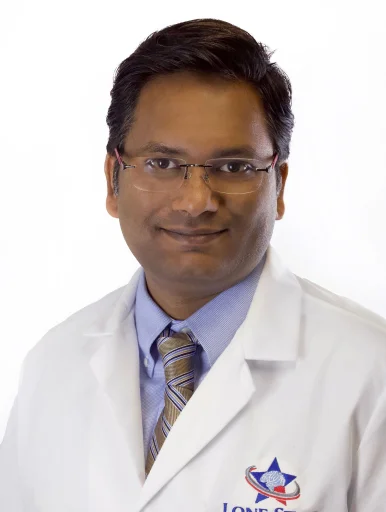
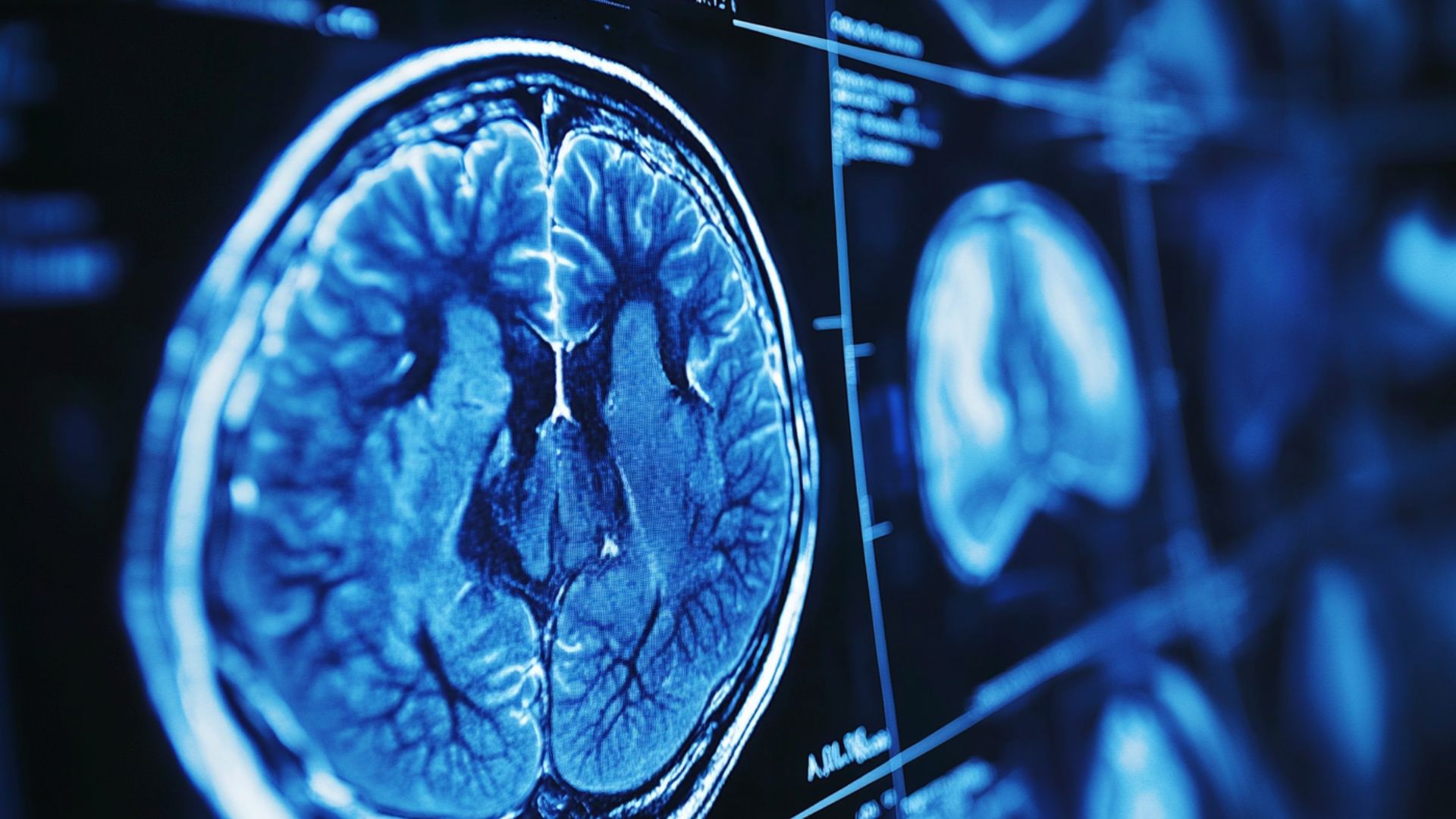




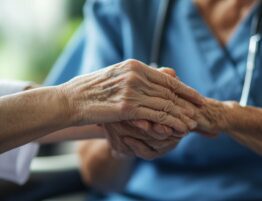
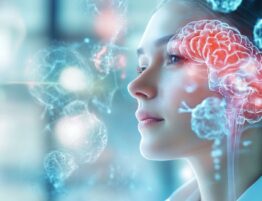
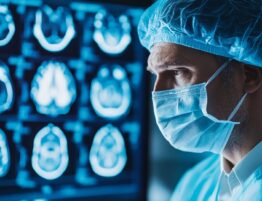
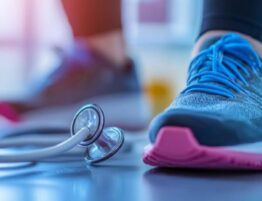
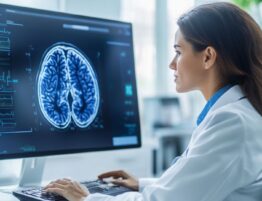
Please, leave your review
Write a comment: